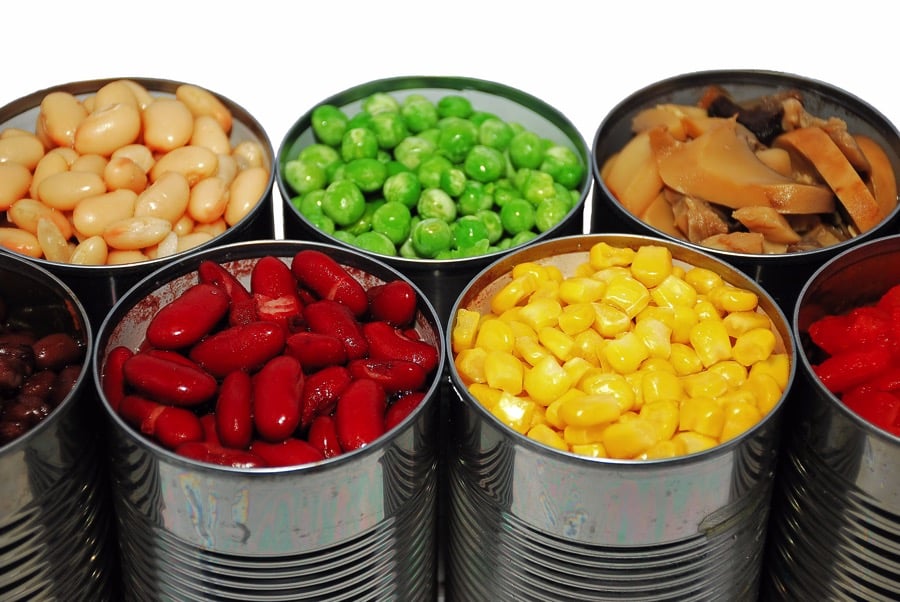The New Breast Cancer Prevention Routine: How Chemicals and Timing Play a Role and How You Can Help Your Own Children Decrease Their Risk: BPA

Photo credit: Growing Your Baby
Overview
When we talk about breast cancer, prevention is key.
Do as many things as you can do to decrease your risk of getting cancer will always be a better game plan than dealing with it once you already have it, obviously.
Today, many well known organizations and breast cancer specialist agree that avoiding certain environmental chemicals should and need to be taken seriously as part of what any woman does to prevent breast cancer. ( Four authoritative panels have already pointed to further study of environmental chemicals as a promising direction for prevention: Cogliano et al. 2011; IBCERCC 2013; Institute of Medicine (IOM) 2011; and the President’s Cancer Panel 2010).
The timing of the exposure to endocrine disputing chemicals also has a lot to do with how big an impact these chemicals can have on a person. There are periods of development called " windows of susceptibility" where the breast is especially sensitive to environmental exposures. These are:
during fetal development (when the organ is formed)
during puberty
during pregnancy ( both during pregnancy and after lactation, when the breast tissue remodels)
During these periods, an environment is created in which the mammary gland is sensitive to environmental factors that can lead to cancer. Sometimes the impact of a chemical is seen at birth, but for chemicals linked to breast cancer, often times it remains hidden until years even decades later (ie. when breast cancer is diagnosed).
Thus, a key way to protect yourself and daughters (and sons since breast cancer affects men too) comes down to decreasing their exposure to estrogen mimicking chemicals from the moment of conception and throughout puberty (early childhood - puberty is ideal) as well as during a woman's pregnancy.
This week we are talking about the 4 common and potentially harmful estrogen mimicking chemicals that have links to breast cancer. Yesterday we spoke about phthalates- chemicals commonly found in your makeup, fragrance, some plastics, toys, school supplies and vinyl.
Today we will focus on a very well known chemical:
BPA (and some of its replacement chemicals)
USES:
Bisphenol A, or BPA, is commonly used in hard plastics, food and formula can linings and thermal store receipts.
OF CONCERN:
A recent study found that breast tissue development in monkeys exposed prenatally to BPA was more advanced compared to breast tissue development in those not exposed to BPA, a finding that could be linked to increased breast cancer risk later in life. Another study by Yale University, found that “exposure in the womb to chemicals like Bisphenol-A (BPA) and Diethylstilbestrol (DES) can increase an offspring's risk of breast cancer”
Of special concern is the fact that in 2009, BPA was found in the umbilical cords of nine of 10 infants sampled.
Citing BPA’s adverse effects on breast development, France has suspended production, import, export and marketing of BPA-laden packaging that comes into direct contact with food
BPA’s endocrine affecting properties are well documented and, in fact, this is one of the main reasons many company’s have moved forward producing “BPA free products.
WHERE :
Over 90 percent of people in the US are estimated to have BPA in their bodies. Traces have also been found in breast milk and the blood of pregnant women.
BPA is discouraged from use by the FDA in from many baby products, including baby bottles and baby items meant for feeding, but it is not banned in the US. Most parents today know to choose “BPA free” labelled products, however the replacement chemicals being used are somewhat worrisome….. the most popular replacement, bisphenol-S (BPS), could be just as bad or even worse than BPA.
Items that still often contain BPA include: (Photo credit: Colombia Center for Children's Environmental HEalth)

Over 2/3 of canned goods (think Cambell’s, Delmonte and others) still contain BPA in their lining
Thermal store receipts
The lids of glass jars for baby food, pickles, jelly, salsa and other condiments;
Aerosol cans for whipped toppings and non-stick sprays;
Bottles and tins of cooking oil;
Aluminum beverage cans, metal coffee cans and even beer kegs.
Food packaging is the largest source of exposure to BPA.
WHAT YOU CAN DO
Avoid plastics with a #7 on the bottom recycling triangle
Avoid eating canned foods
When possible switch from plastics to glass or stainless steel (drinking bottles, food containers etc)
Never heat plastics in the microwave
Avoid liquid formula that comes in BPA lined cans. Choose powder versions instead
Try glass baby bottles to feed you infants, if not look for “BPA free” labels.
Use caution with items labelled “BPA free” …. remember some replacement chemicals are just as bad as BPA. Instead choose plastic free alternatives
For babies, avoid plastic bottles and choose stainless steel or glass (protected by silicon cover for safety!)
